This Christmas, Give the Gift of Nutrition Through Fermentation {plus Free Printables!}
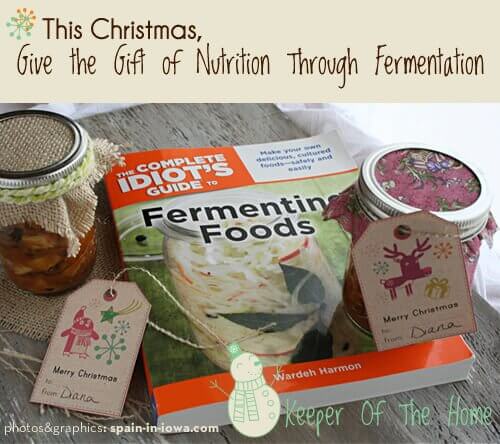
By Diana, Contributing Writer
I can’t believe it’s been a week since Thanksgiving. I had a wonderful time planning and preparing a real food feast for my family and friends.
I spent two days in preparation that included a slow roasted pastured turkey; sourdough crackers and rolls; labneh (yogurt) cheese; roasted brussels sprouts with onions and bacon; sweet potatoes with fresh cranberries in a real maple syrup; mashed potatoes drenched in butter; and for dessert, pie – oh sweet pie.
As much as I love the holiday season with homemade comfort food and sweet treats; I have to admit, my gut is starting to feel heavy, and this is just the beginning.
December is sure to be filled with cookies, jams, cakes, pies, and (of course) tamales.
With all of the food and treats that I’m sure many of us will be indulging in this holiday season, it’s a good time to think about adding more fermented foods to our diet.
Better yet, why not give the gift of fermentation to our loved ones? A tasty treat and the gift of healing all rolled into one.
Lacto Fermentation
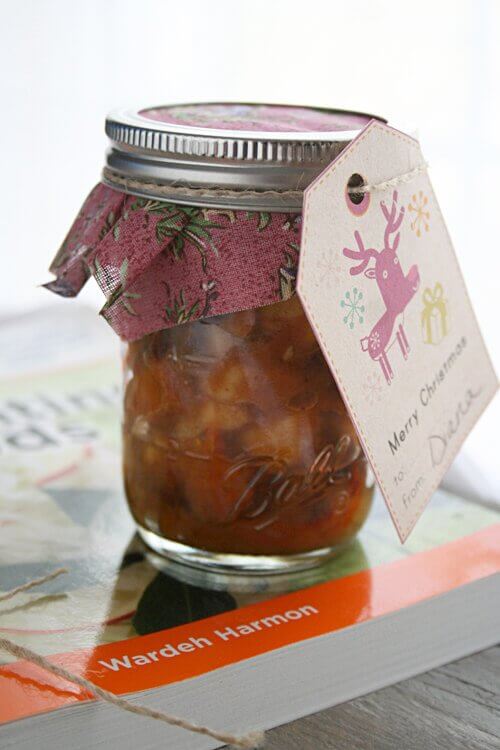
To those of you that are not familiar with fermentation, that word alone can sound so scientific and beyond our reach.
Here’s some good news. The process of fermentation goes back generations and happens all around us. Simply, it’s a traditional method of preserving and improving foods.
Many of us eat fermented foods without even realizing it. Sourdough bread, yogurt, cheese, wine, and good craft beer are all examples of food that undergo a process of fermentation.
During the fermentation process an ideal condition is created for lactic acid-forming bacteria to feed upon the sugar naturally present in the food. Usually, this condition is achieved by setting out the fermented food in a brine at room temperature. The lactic acid will continue to grow (or ferment) until enough has formed to kill any bacteria present that would otherwise cause the food to spoil.
The benefits of eating fermented foods are tremendous:
- It makes minerals in certain foods more easily absorbed.
- It provide digestive enzymes.
- It produces beneficial acids, such as lactic acid in yogurt.
- It pre-digests food and neutralizes harmful food components.
In a nutshell, they’re great for our guts. By incorporating fermented foods into our diets and reintroducing many different varieties of lactobacilli, we begin to rejuvenate our intestinal flora, improving our digestion and health. It ramps up our immunity.
During this time of year, many of us will be eating foods we generally wouldn’t otherwise. It’s particularly important to eat a fair share of fermented foods to keep us healthy during this season.
GNOWFGLINS Book on Fermenting Foods
I’ve been fermenting foods for many years now–particularly to preserve my harvest of vegetables that I grow throughout the year. My favorite part about fermenting vegetables is hearing the fizz of fermentation (video) and visually seeing healthy bacteria at work.
However, I never realized how many types of food could be fermented until I received GNOWGLINS book, The Complete Idiot’s Guide To Fermenting Foods.
I learned a lot from Wardeh’s book. Particularly the in depth explanation on the process itself of fermentation and the different players to fermenting different kinds of foods.
It’s written in a way that’s easy to understand, and I love the push Wardeh gives you to just do it.
Many of us in the real food community can be hesitant to start fermenting. But really, once you jump in, you’ll see how easy it is and the taste and texture of food is well worth the little bit of effort it takes.
This book has brilliant recipes on how to ferment practically anything–vegetables, fruits, condiments, beans, grains, dairy, meats, fish, and beverages–including beer; I want to craft my own at home.
Some of my favorite recipes include:
- Costa Rican Chilero
- Cranberry-Orange-Apple Relish
- Guacamole
- Fermented Honey
- Wild Red Salmon Salad
- Lemonade
- Water Kefir (I’m starting this in the New Year)
- Czech Porter
- Hummus
- Chocolate Sourdough Cake
- Olive and Feta Swirl Bread
- Summer Berry Kefir Smoothie
- Cold Cucumber Soup
- Feta Cheese
- Creamy Herb Salad Dressing
- Sprouted Lentil Salad
- Fermented Tuna (I want to try this.)
It’s amazing to see all the different kinds of delicious foods that can be fermented.
This Christmas, Give the Gift of Nutrition Through Fermentation
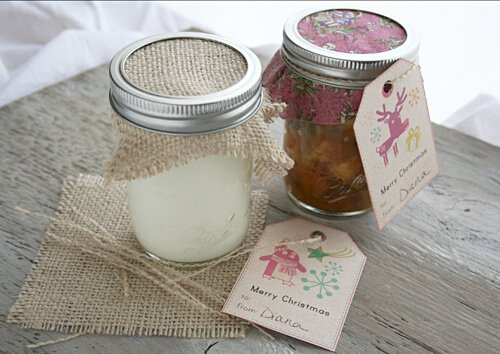
As I was thinking about ramping up our intake of ferments this season I ran into Wardeh’s recipe for 5 spice apple chutney.
It sounded delicious, and then I thought what a perfect condiment it would make to give as a gift for Christmas. Who wouldn’t enjoy something hand crafted, and what a perfect way to introduce your friends and family to fermentation. Better yet, why not include Wardeh’s book, The Complete Idiot’s Guide To Fermenting Foods?
Your loved one will have homemade fermented food to try and then be able to re-create it at home. I’ll be doing this for some of my family and friends this year.
Using Wardeh’s recipe as inspiration, I created my own seasonal chutney that I’ll be gifting this year.
Apple, Raisin, and Butternut Squash Spiced Chutney
This recipe makes 1 quart- sized jar of chutney
Sweet, crisp, silky, and full of spice – this chutney is sure to please. This chutney tastes wonderful topped on homemade fermented yogurt. As part of my fermentation basket, I’m going to include a 1/2 pint jar of chutney, 1/2 pint jar of yogurt, and Wardeh’s book, The Complete Idiot’s Guide to Fermenting Foods.
Ingredients:
- 1/4 cup lemon juice
- 1/4 cup whey
- 1/2 cup filtered water
- 2 cups chopped apples
- 1 cup roasted butternut squash, chopped
- 2 tablespoons rapadura or sucanat
- 1/2 cup raisins
- 1 tsp. salt
- 1 1/2 tsp. cinnamon
- 1/4 tsp. cardamom
Method:
1. Combine lemon juice, whey, water, apples, butternut squash, sweetener, raisins, salt, cinnamon, and cardamom in a medium-sized mixing bowl.
2. Transfer to a quart-sized mason jar. Pack down well and add more water if necessary to cover all ingredients. Cover tightly with lid.
3. Leave at room temperature for 2 to 3 days. Transfer to refrigerator. Keeps for a few weeks.
My Gift to You! Free Christmas Tags! {Printables}
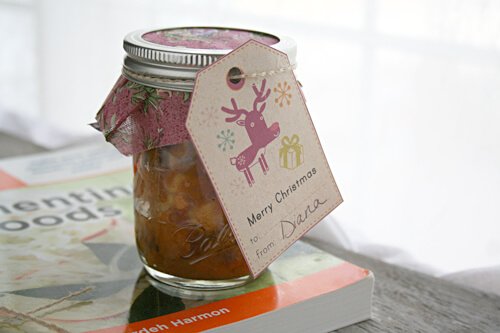
As a gift to you, feel free to download these printable Christmas tags to use for your ferments or any other gifts this Holiday Season!
Click on the image below to download the printable Christmas tags.

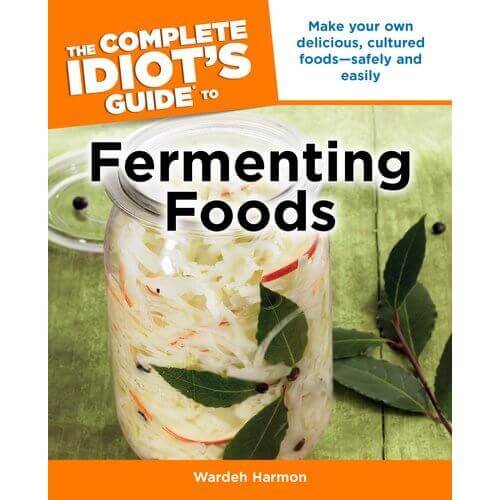
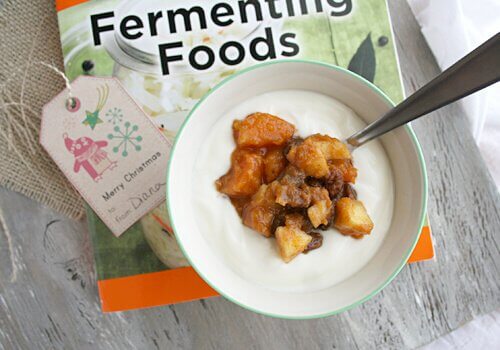
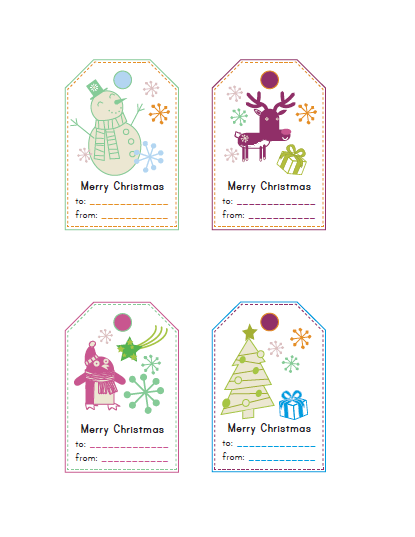

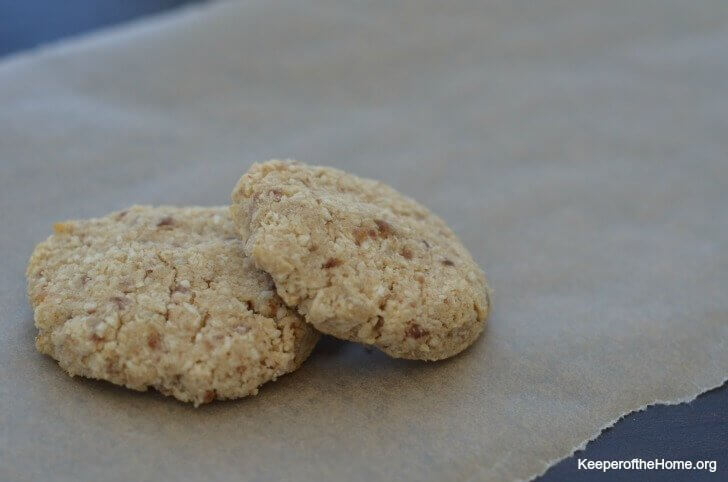
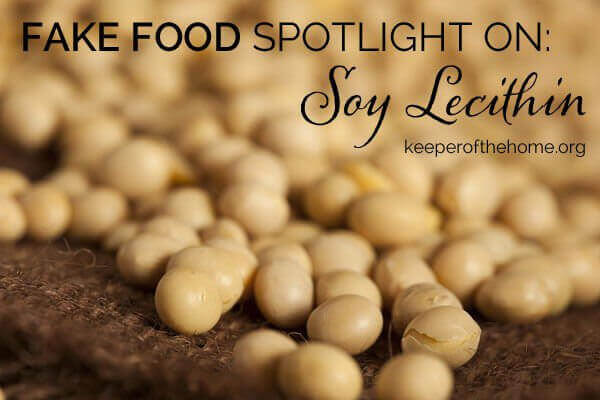
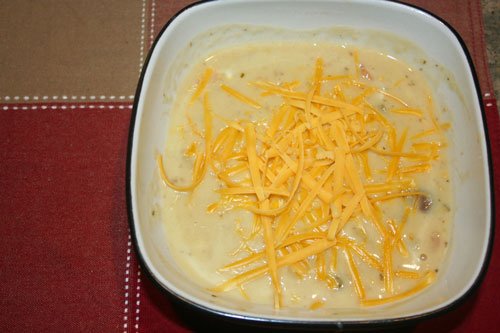
Great post Diana! And a big thanks for the printables, I plan on using them!
I’m glad to hear that, Ally!
Great gift idea! I bought the Wardeh’s book plus Catherine Shanahan’s new book Food Rules for my mom (and myself). Thanks for the great idea!
I just got Sourdough A to Z and a packet of starter from Cultures for Health in the first eBook giveaway, so I’m starting to get the hang of sourdough! If I can make some good breads, I plan to give those away as Christmas gifts. They won’t collect dust and I’m sure they will be enjoyed 🙂
I’ve seen this book but wasn’t sure if it was good. I didn’t realize who the author was until I read this post. I will definitely be buying this book soon. I’ve only done water kefir and kombucha so far. I’m about to start making buttermilk too. I think homemade kombucha would make a great gift — but it would be too much of a sacrifice for my booch-loving family — even though I brew 2 gallons at a time!
Thank you for an excellent post… and for the cute printables! I think I will have to get my hands on this book. I want to start making kombucha and learning more about fermenting foods.
I’ve been making milk kefir, water kefir, and komucha for a couple of years now, but I haven’t tried any other foods. I really want to, but I’m intimidated mainly by the fact that I’m not sure what it’s supposed to taste like when I’m done. I have Sally Fallon’s Nourishing traditions, but I’m not sure what I’m supposed to do with most of her fermented fruits and veggies. Your recipe looks great, though, and thanks for the tip on how to serve it! Maybe I’ll give it a try soon!
I got this book from the library a while back and it was the best one I’ve ever read! We already to sourdough, Kombucha, and sauerkraut, but I’d like to start doing more veggie ferments. This book had tons! I love it!
Diana, your idea is lovely and gorgeous! I love the printables and the whole idea. Thanks for sharing what you’ve done. I appreciate your kind review of my book so much!
Unfortunately I have an aversion to any of those books that begin with, “Complete Idiots Guide to…” 🙂
Diana & Wardeh, I love how the jars are decorated and the idea of eating the chutney with yogert. I’m wondering if the Chutney receipe would be considered GAPS legal due to the sugar? Is it all used up during the ferment or could the recipe be made without the added sugar or maybe with raw honey instead?